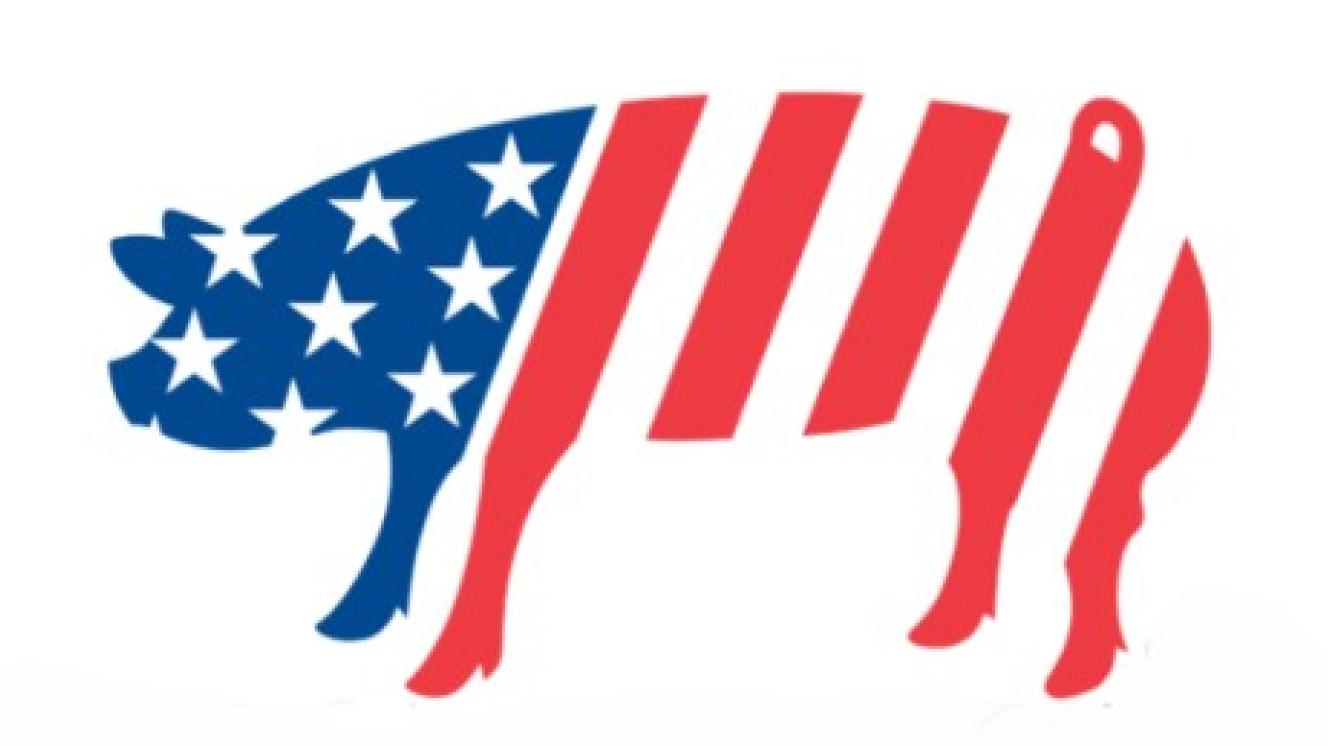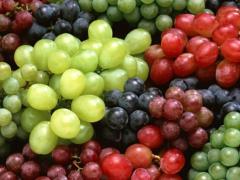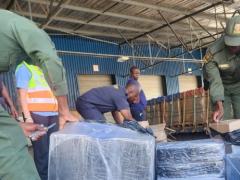South Africa’s pork industry is facing an import threat from the United States, which is being used as leverage to maintain export benefits under the African Growth and Opportunity Act (AGOA).
But if import regulations – not restrictions – against American pork are relaxed in favour of fruit shipments to the US, it could expose South African piggeries to Porcine Reproduction Respiratory Syndrome (PRRS).
Last week Johann Kotzé, chief executive officer of Agri SA, said the organisation understands how important it was for the local citrus industry to maintain profitable trade arrangements with the US.
This is especially the case as South Africa approaches a July 9 deadline when the Trump Administration might potentially implement tariffs of 30% on local exports, most of which had previously been sent to the US duty-free.
Addressing an Exporters Western Cape presentation, Kotzé said that although citrus exports are important for South Africa, especially for the Western Cape, they should not come at the expense of local pork producers.
If South Africa’s PRRS-free status was compromised and the disease was introduced to local farms, it could devastate the pork industry, he said.
Often misinterpreted as an import restriction or “ban” on American pork, Dr Peter Evans, CEO of the South African Pork Producers' Organisation (Sappo), said this was not the case.
“It’s risk-mitigation protocol based on research done a while back.”
He said South Africa, along with Australia, New Zealand and some Nordic countries, was PRRS-free, and that the public-health cost of fighting the severely contagious ‘blue ear disease’ was a heavy burden on countries battling PRRS – like the US.
“In adult animals, there's a severe influence on fertility or reproduction rates.”
He added that some pregnant females with PRRS didn’t carry to term and naturally aborted fetuses.
“Younger pigs in turn get respiratory disease, causing high mortalities that influence growth rates and affect conversion ratios negatively.
“With PRRS there's a cost on the breeding herd and there's a cost on the growing herd, and because it’s a virus you can't medicate for it. The only thing you can do is vaccinate.”
However, because PRRS has been found to mutate rapidly, vaccination isn’t 100% effective.
In some cases, it has even been found that vaccination makes PRRS more resistant, sparking higher infection rates.
“So, it’s really important for us that the government is not coerced into giving up our risk mitigation,” Evans said.
But American pork exporters say that complying with South Africa’s PRRS regulations can cost as much as $150 per female pig.
The same protocols applied to European countries that exported to South Africa, Evans said.
“We get quite a lot of pork in from Spain, Canada, Germany, France and the UK and they are all managed the same way. When product arrives here, it needs to go to a registered processing facility to be prepared to be sold to the consumer.”
He said there should be no exceptions made for American port imports.
“And yet every time Agoa comes around and the terms are renegotiated (September this year), we have the same discussion because they want to sell more pork to South Africa” – without the cost of complying with PRRS protocols.
Evans said it was not Sappo’s contention that the protocols were a trade barrier.
“We’re just trying keep our industry disease free. Go talk to any American pig farmer and they all say the same thing – they wish they didn’t have PRRS.”













